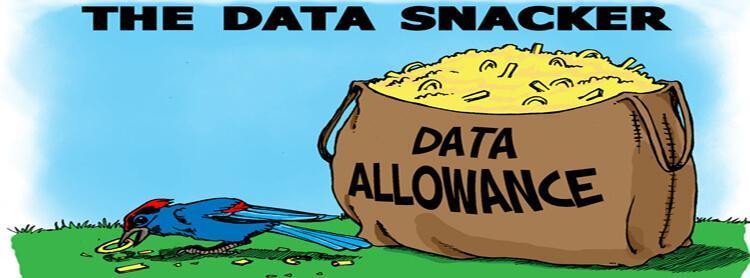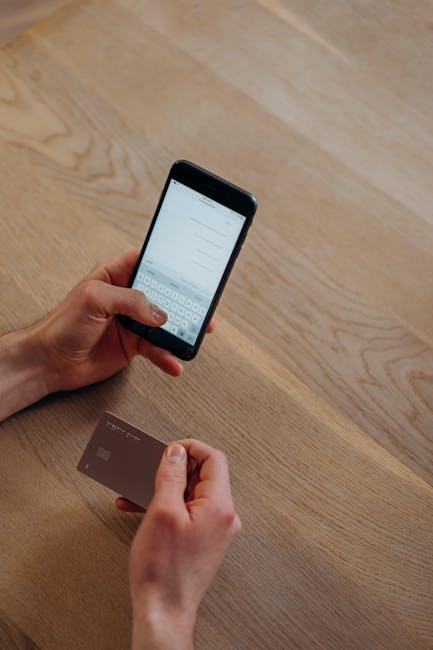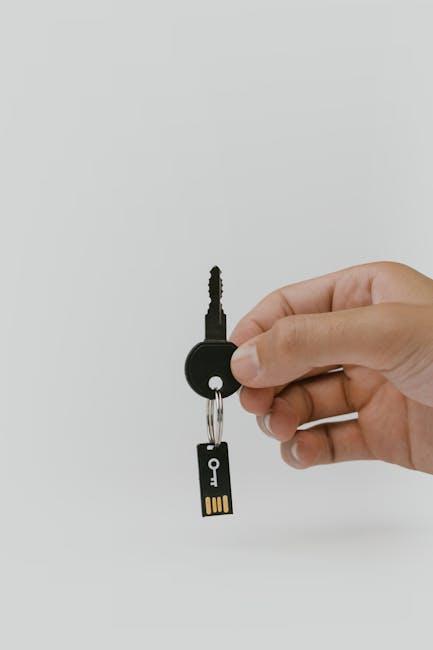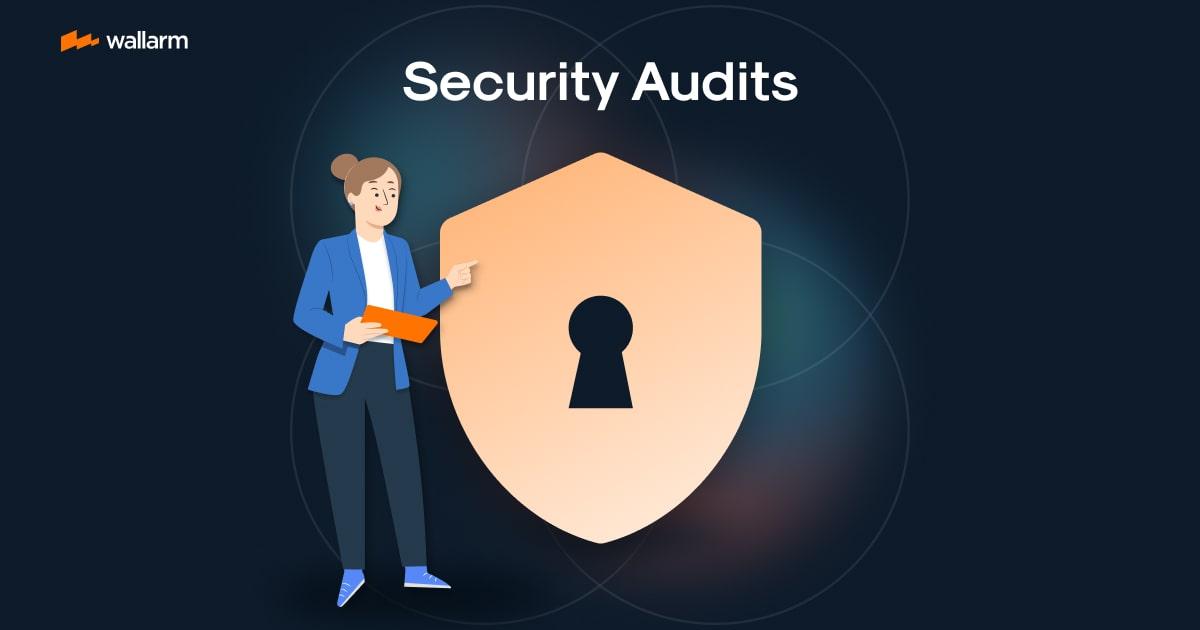Welcome to the dazzling utopia of wellness applications, where tracking your every calorie and counting your every step is just the tip of the overpriced, data-hungry iceberg. Sure, you’re busy sipping green smoothies and meditating your way to enlightenment, but have you ever stopped to consider who’s actually feasting on your sensitive health stats? Spoiler alert: it’s not just those benevolent app developers patting themselves on the back. In a world where your Fitbit knows more about your midnight snack habits than your therapist, let’s cut the BS and dive headfirst into the dumpster fire that is data protection in wellness apps. Buckle up, because protecting your data shouldn’t feel like navigating a treadmill—let’s get real about the laughable (and sometimes downright hazardous) security measures these so-called health heroes are relying on.
Stop Hogging All the Data Nobody Needs
Ever notice how your favorite wellness app knows more about your breakfast choices than your therapist? It’s like thay’re running a data hoarders’ club,collecting every trivial byte just to pretend they care. Here’s a reality check: most of that data is absolutely useless. Instead of helping you zen out, it’s just cluttering up servers and bombarding you with targeted ads. Let’s break down the nonsense:
- Step Count: Realy? We all know 10,000 steps is the magic number. Pass.
- Water Intake: Unless you’re a cactus, this isn’t groundbreaking.
- Sleep quality: Sure, but obsessing over REM cycles doesn’t make you a better sleeper.
- App Usage Time: Because tracking how long you stare at your screen is so enlightening.
Rather of drowning you in pointless metrics, focus on what matters. Here’s what your app shoudl actually be securing:
| Essential Data | Useless Data |
|---|---|
| User Authentication Details | Favorite Emoji |
| Health Metrics (heart Rate,etc.) | Preferred Workout Playlist |
| Personal Goals and Progress | Daily Mood Color |
Let’s cut the crap and demand better privacy standards. Your data isn’t a playground for shady practices—protect it like the valuable asset it is.

Ditch Weak Passwords and Actually Verify Users
Let’s get real: using “123456” or “password” as your login credentials is like sticking a welcome mat to your front door with a neon sign saying, “Free stuff inside!” It’s laughable how some folks think that’s secure. Stop embarrassing yourself and your users by relying on these toddler-level passwords. It’s time to upgrade from the Stone Age and actually protect sensitive data instead of leaving it wide open for anyone with a couple of keystrokes.
Here’s how you can stop being the punchline of the security joke:
- Enforce Complex Passwords: Mix letters, numbers, and symbols. Surprise, surprise – it’s harder to crack.
- Implement Multi-Factor Authentication (MFA): Because one layer of protection clearly isn’t cutting it.
- regularly Update Credentials: Change those passwords more often than your favorite pair of socks.
Take a look at the table below to see the difference between amateur hour and professional-grade security:
| Type | Example | Status |
|---|---|---|
| Weak | password123 | 🚫 |
| Strong | P@ssw0rd!9 | ✅ |

Encrypt Your Crap Because Leaving It Open Is Dumb
Look, if you’re still storing your users’ sensitive data without encryption, you’re basically inviting every hacker in the neighborhood to a buffet. Encrypting your data isn’t just a nice-to-have; it’s the bare minimum to show you have a brain. Whether it’s health records or personal info, leaving it exposed is like leaving your front door wide open and putting a “Free Wi-Fi” sign on it. here’s how you can avoid being the laughing stock of the cybercrime world:
- AES Encryption: As simple ciphers are for amateurs.
- SSL/TLS: Encrypt data in transit like your grandma encrypts her secret cookie recipe.
- Hashing Passwords: Don’t store passwords in plain text—unless you enjoy explaining data breaches at parties.
- Regular Audits: Check your security like you check for snacks in the pantry—often and without fail.
If you think encryption is too complex or expensive, congratulations, you’re already a sitting duck. Don’t make your users’ data your problem; implement robust security measures and save yourself the headache. Here’s a fast glance at what proper encryption should look like:
| Security Measure | Why It matters |
|---|---|
| AES 256-bit | Top-tier encryption standard. Don’t settle for less. |
| SSL Certificates | Ensures data transfer is locked down tight. |
| Two-factor Authentication | Because passwords alone are laughable. |
| Regular Penetration Testing | Find and fix your security holes before the bad guys do. |

Schedule Security Audits or Enjoy the Headlines
Look, if you enjoy waking up to your app’s name splashed across every major news outlet for a data breach, then by all means, skip those security audits.Who needs to protect user data anyway? Just let hackers have at their mercy while you bask in the glory of unwanted headlines. After all, trust is so overrated in the wellness industry, right?
- Regular Audits: Peace of mind, user trust, and avoiding PR nightmares.
- No audits: Data leaks, furious users, and your face on the front page.
- maintenance: Keep your app secure and your reputation intact.
| Action | Outcome |
|---|---|
| Schedule Audits | Secure data, happy users, and a clean reputation. |
| Ignore Audits | Data breaches, angry customers, and viral bad press. |
So, do yourself a favor and invest a little time and money into those security checks. Your users might actually appreciate not having their personal wellness secrets plastered all over the internet. Plus, you can avoid the delightful experience of explaining to everyone why their data is now in the hands of strangers.
Q&A
Q&A: Protecting Your Data—As Apparently, Wellness Apps Aren’t Just About Counting Steps
Q1: Why should I even care about data security in my wellness apps?
A1: Oh, you know, just because your app knows when you’ve had that third latte of the day or your exact time quantum-leaping into your yoga class doesn’t mean you want anybody knowing your business. Unless you’re into unsolicited targeted ads and privacy nightmares, it’s probably worth caring about data security. But hey, what do we know?
Q2: What kind of data do wellness apps typically collect that I should be worried about?
A2: Oh, just the usual suspects: your sleep patterns, heart rate, eating habits, bathroom breaks (hey, no judgment), and maybe even your latest mood swings. It’s like having a nosy roommate who takes notes on everything. If that’s not terrifying, I don’t know what is.
Q3: How secure are these wellness apps really?
A3: Let’s just say some of them treat your data like it’s free-range chickens—left out in the open with no protection. Others might have more security than Fort Knox, but who’s counting? Spoiler alert: many are pretty lax, leaving your precious data ripe for the picking by anyone with a sniff for free info.
Q4: What are the most common security measures (or lack thereof) used by wellness apps?
A4: Encryption is supposed to be the golden standard, but how many apps actually implement it properly? And then there’s two-factor authentication, which is great if you remember all your passwords. Let’s not forget about those pesky regular updates that some developers forget because, hey, why secure your app when you can just wing it?
Q5: Can I do anything to protect my own data when using these apps?
A5: Absolutely, if you’re up for the Herculean task of actually managing your digital life responsibly. Use strong, unique passwords, enable two-factor authentication if the app hasn’t fully lapsed into apathy, and read those convoluted privacy policies with the enthusiasm of a soggy toast. But hey, no pressure.
Q6: What should I look for in a wellness app to ensure my data is safe?
A6: Look for red flags like “we value your privacy” without any actual substance. Prefer apps that are transparent about their data practices, use solid encryption, and have a history of not being total security catastrophes. Basically, do some basic homework instead of blindly downloading the latest shiny app that promises to make you a unicorn.
Q7: Are there any regulations protecting my data in wellness apps?
A7: Yes, there are laws like GDPR and HIPAA that are supposed to keep your data safe, but enforcement is another story. It’s like having a seatbelt in a sports car—it’s there, but not always used correctly. So, while regulations exist, don’t hold your breath waiting for them to save your digital bacon every single time.
Q8: What are the consequences if my data from a wellness app gets hacked?
A8: Oh, just minor inconveniences like strangers knowing your deepest wellness secrets, potential identity theft, or having your sleep schedule broadcasted to the world. No big deal, right? If you’re into that kind of thing, sure. Or else, consider it the digital equivalent of your diary being read aloud at a party.
Q9: How can companies improve their data security measures in wellness apps?
A9: By actually caring about security rather of treating it as an afterthought. Invest in proper encryption, regularly update their software, conduct security audits, and stop partnering with sketchy third parties that have no clue about keeping data safe. Basically, do the right thing because apparently, it’s not that hard.
Q10: Is there a silver bullet for data security in wellness apps?
A10: if only! Unluckily, there’s no magic fix. It’s a continual process of staying updated, adopting best practices, and keeping hackers guessing. So, unless we all develop superhuman cybersecurity powers overnight, good luck and may the firewall be ever in your favor.
Conclusion:
Protecting your data in wellness apps isn’t just a good idea—it’s essential, whether you like it or not. So next time you’re about to splash your precious personal info into the digital wellness abyss, remember this Q&A and maybe, just maybe, think twice before handing over the keys to your data kingdom.
To Conclude
So there you have it, folks. If you’re hell-bent on trusting your most intimate wellness data to these so-called “secure” apps, just remember: while they’re busy throwing around buzzwords like encryption and two-factor authentication, there’s always that tiny, pesky chance someone’s actually snooping through your calorie counts or sleep patterns. But hey, who needs privacy anyway, right? Just keep your fingers crossed, update those apps religiously (as nothing says “secure” like the latest patch that probably introduced a new vulnerability), and hope that your data stays as safe as your grandma’s secret lasagna recipe. protecting your data in the wellness world is a bit like doing yoga: it sounds great in theory, but we all know someone’s bound to mess it up at some point. Stay vigilant, stay sarcastic, and for heaven’s sake, don’t make it easier for the data bandits out there.


